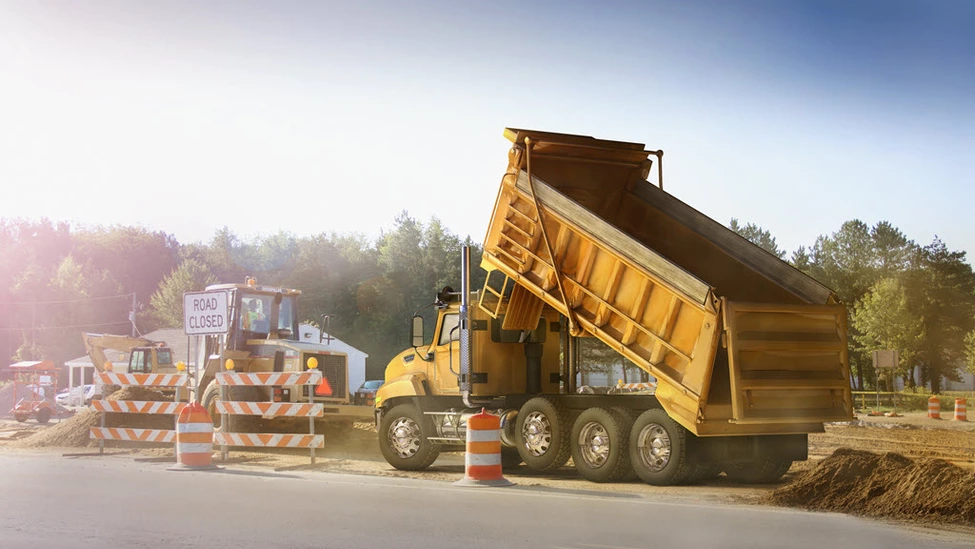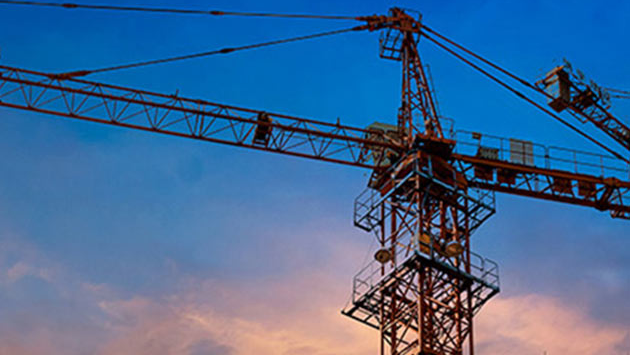Construction Job Site New Hire Orientation


Between 2017 and 2021, 48% of construction workers compensation claims occurred within the worker’s first year of employment with that contractor.1 Having an effective construction job site new hire orientation can be a helpful tool in working to limit first-year workplace injuries. Construction new hire orientations should start before new hires begin to work. Effective organizations take steps that can help allow hires the opportunity to have their questions answered. From an instructional perspective, try to focus on items that fit the new hire’s immediate concerns and questions. Avoid initial information overload.
Many safety items must be taught to new hires before they are involved with production. Instructing new hires before they begin work can help prepare them to put these job site concepts to use when they begin hands-on training. If you are reviewing an employee safety handbook, have the new hires highlight key points as you go through them together.
Empower employees to report unsafe acts or conditions by making sure new hires know who to report safety concerns to, whether that be management or safety staff, as well as how to report safety concerns. Positive reinforcement of safe work practices can help encourage job site safety within your company.
Job site orientation
It is important to consider the different ways you may need to communicate with new hires. It is common to have a bilingual workforce. Consider having a supervisor or experienced co-worker who is fluent in both languages to assist with onboarding/orientation. Translated orientation videos and/or computer-based training may be used. However, this should not be the only method used in training or confirmation of content and expectations. With this information in mind, whenever a foreman or forewoman is supervising a new hire, he or she should cover the following points before assigning the new hire to a crew:
- Ask about the new hire’s last job and get an idea of their experience. Take a sincere interest in your employees. A good relationship from the start can encourage them to approach you with problems or questions.
- Provide an overview of the project, as well as the safety rules that apply. Demonstrate these rules, while also showing the safe way to use equipment. Reinforce with your employees that safety checks are part of the daily routine. Make clear what consequences may follow if a violation is made and be sure to be consistent in the use of disciplinary actions, while also reinforcing desired behaviors. As a leader, you should set an example by following safety rules and procedures.
- Give the new hire a tour of the project. Explain the overall project and specific operations, and review the job hazard analysis (JHA) they will be involved in. When discussing safety, be sure to include OSHA’s “Focus Four” causes of construction fatalities: falls, electrocution, struck by and caught between. Identify the locations of portable toilets; break areas; and emergency equipment, such as phone, fire equipment first aid and chemical spill response. Take the time to introduce the new hire to other workers.
- Be sure to provide the new hire with the required safety equipment. It is important to make sure they understand and can demonstrate how to use it properly.
- Give the new hire a test run on equipment or tools to be used. Have new hires demonstrate their understanding of the use of equipment or tools. Document to ensure this has been done for all equipment and tools used.
At the conclusion of the site-specific orientation, give the new hire the opportunity to ask questions. Providing visual depictions of safe job procedures can be a beneficial tool to help reinforce what the new hire has learned. Offer to help the new hire understand words and ideas that are important to doing the job and doing it safely. The foreman can also involve other crew members in the new hire’s orientation and instruct them to observe the new hire’s activities. If the new hire works in an unsafe manner, the crew should inform the worker of the proper procedures.
A checklist of orientation items to be covered with new hires can help ensure that you include all relevant matters. Human Resources, Safety and the new employee’s immediate supervisor should be included in the orientation process. The person(s) covering the topic should initial the orientation section as it is covered. A site-specific orientation checklist should be used by the superintendent on the first day the new hire reports to the actual job site.
Daily job site pre-work meetings, or “huddles,” can help promote teamwork. These meetings typically last a few minutes and cover the day’s plans, task assignments and safety concerns. They also allow the supervisor to ensure that crew members are ready for work and fit for duty with regard to clothing, equipment and physical/mental condition. A few minutes at the start of the day can help prevent injuries and mistakes.
Once new hires have received basic instruction about safety, they should be led through hands-on job site training. This training can help ensure that the new hire remembers what is taught. Work should not begin on the job site without assistance and oversight by an assigned mentor.
Using a mentor
Consider assigning a mentor to each new hire to help them learn safe work practices on the job site. A mentor can answer informal questions and offer support as a new hire begins work. The mentor should be on the same crew as the new hire and should be a seasoned employee with experience in the type of work to be performed. The mentor should be able to demonstrate the use of key equipment and safety procedures. Mentors should discuss safety topics seriously and show respect for the rules.
It is advisable to keep new hires highly visible to other job site personnel so that they are aware of these employees and the increased risk of accidents involving them. Some form of conspicuous identification should be worn by the new hires, such as a different hard hat color, or different colored stickers or decals for their hard hat.
Follow up
New hires should take an active role in their job site training. Ongoing observation of new hires and asking for feedback can help reinforce what has been learned and identify opportunities for additional training. During the first month or two, each new hire should complete written feedback on their progress. The immediate supervisor should meet with the new hire and review progress. This could be done at the conclusion of a weekly toolbox meeting. Questions to explore could include:
- Are there any topics that were covered during the initial orientation about which you now have questions?
- What training did you receive this week?
- Have you received equipment and proper instruction to perform your job safely?
- What questions do you have about your job? Is it what you expected?
- How could we make your job safer?
- What questions do you have about the company and your role in meeting the company’s goals?




